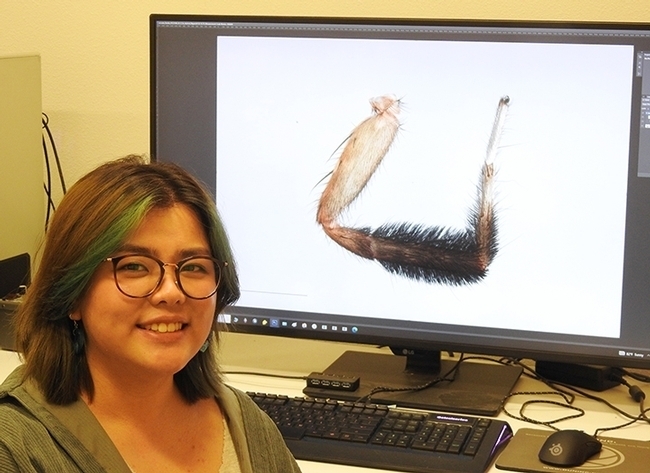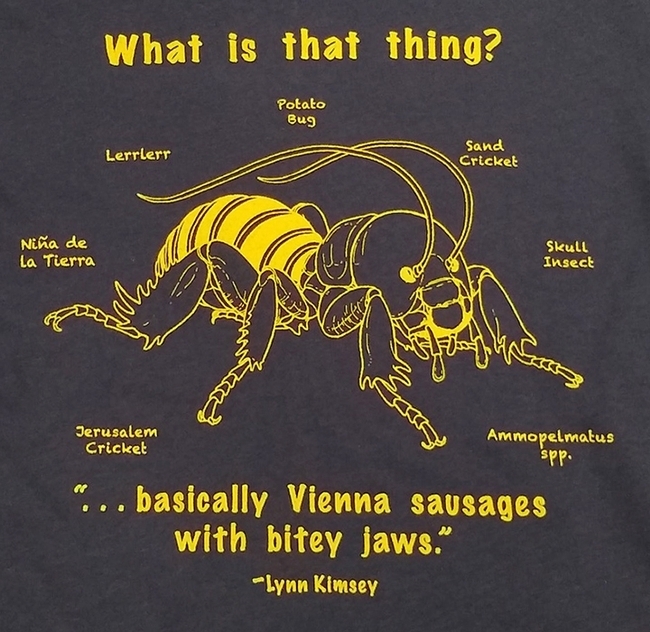- Author: Kathy Keatley Garvey
(Note: The main UC Davis Department of Entomology news page is at https://entomology.ucdavis.edu.)
What's a picnic without bugs!
The UC Davis Department of Entomology and Nematology is gearing up for the 110th annual UC Davis Picnic Day, set April 20.
This year, all of the entomology exhibits, including those at the Bohart Museum of Entomology, will be at Briggs Hall. (The Bohart Museum headquarters in the Academic Surge Building will be closed on Picnic Day.)
Picnic Day at Briggs Hall is from 9 a.m. to 5 p.m. Some of the activities will closer earlier.
The list of events and activities in and around Briggs Hall will include:
Bug Doctor
Briggs Hall Entryway
Graduate students will answer questions about insects. What's that bug? Attendees are encouraged to bring an insect or photo for identification.
Cockroach Races
Front of Briggs Hall
American cockroaches, Periplaneta americana, from Bob Kimsey's forensic lab, race on a specially made track, while roach fans cheer for their favorites. (Sometimes the athletes are named for faculty, friends or bystanders.)
Medical Entomology
122 Briggs Hall
Carla-Cristina "CC" Melo Edwards of the Geoffrey Attardo lab is coordinating the medical entomology display. Her research focuses on investigating the physiological mechanisms underlying pyrethroid resistance in Aedes aegypti (the yellow fever mosquito).
Diversity of Arachnids
122 Briggs Hall
Doctoral student Emma Jochim of the Jason Bond lab is coordinating an exhibit she created last year to display the diversity of arachnids, such as vinegaroons, whip spiders, tarantulas, and scorpions. "We'll have live animals and fact sheets that will give a general overview of their diversity, behavior, and habitat," Jochim said. "I'll also bring some curated specimens to show what goes into creating a scientific collection and talk about why collections are important for understanding biodiversity. "
Maggot Art
Briggs Courtyard
Artists--children and adults alike--create maggot art by dipping a live maggot into water-based, non-toxic paint. It's suitable for framing (or at least a spot on the refrigerator door). This event will close at 3 p.m. this year (last year it was at 5 p.m.)
Dr. Death
122 Briggs Hall
Forensic entomologist Robert Kimsey will display and discuss his work in his "Dr. Death" booth. Last year Kimsey pin-mounted and identified flies from various cases and research efforts, and displayed studies on the sequence of development of individual maggots, calling attention to the development and sequence of communities of insect maggots. "By these means, approximations about how long a person has been dead can be made," he told the crowd.
Entomology at UC Davis
122 Briggs Hall
Displays of insects, including bees, ants and more. Graduate students, faculty and emeriti will staff the tables.
Bohart Museum of Entomology
Front of Briggs Hall
A pop-up tent, staffed by the Bohart Museum, will include stick insects (walking sticks) and Madagascar hissing cockroaches. "We are excited to be part of the bigger department's offerings," said Tabatha Yang, education and outreach coordinator. Give-aways are also planned.
Fly-Tying
Briggs Hall courtyard
Fly Fishers of Davis will show attendees how to tie a fly. The recipients take home the flies.
Insect-Themed T-Shirt Sales
Briggs Hall entryway
Members of the Entomology Graduate Student Association (EGSA), led by president Mia Lippey, will be selling their popular insect-themed t-shirts, including The Beetles. The T-shirt, EGSA's all-time best seller, is a take-off of the cover of The Beetles' Abbey Road alum. However, instead of the Beatles crossing the road in a single file, four beetles (family names Phengogidae, Curculionidae, Cerambycidae and Scarabaeidae) do so.
Mosquito Control Booth
Entrance to Briggs (below front steps)
Sacramento-Yolo Mosquito and Vector Control District will be providing information on mosquitoes, answering questions, and handing out give-a-ways, including mosquito repellent.
UC Statewide Integrated Pest Management (UC IPM)
Briggs Hall Courtyard
“We plan to have many of our usual materials on display and will be giving out the live lady beetles (aka ladybugs) again,” said urban and community IPM educator Lauren Fordyce. “We purchase them from a local garden center. In addition to that, we plan to have a prize wheel that adults and kids can spin, answer a question, and win a prize if they answer correctly. We may also have temporary insect tattoos to give away.”
Ranked Third in the Country. The UC Davis Department of Entomology and Nematology is ranked third among “The Best Entomology Colleges in the United States for 2024" by universities.com. The department includes 24 active and 19 retired faculty; 28 graduate students (five in the master's degree program and 23 in the doctoral degree program); 47 undergraduate entomology majors (based on the Office of Academic Support and Instructional Services (OASIS) Student Reports); and a staff comprised of 27 academics (non-faculty), 24 career, and 56 student assistants. Professor and chair of the department is molecular geneticist and physiologist Joanna Chiu.
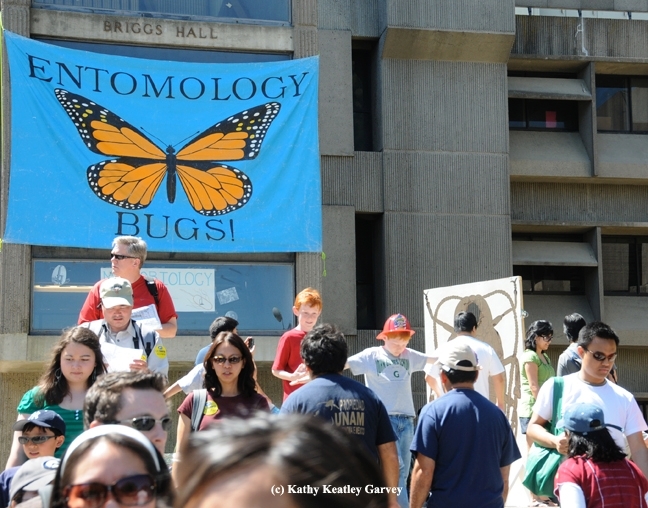
- Author: Kathy Keatley Garvey
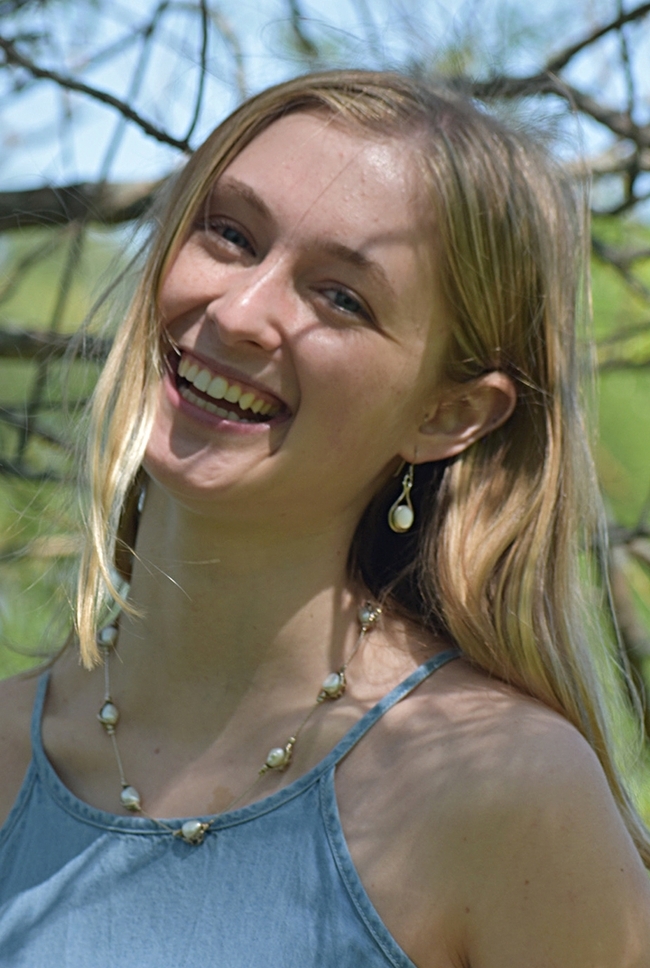
"We're ready," say forensic entomologist and faculty member Robert "Bob" Kimsey and doctoral student Grace Horne of the lab of urban landscape entomologist Emily Meineke. They are co-chairing the UC Davis Department of Entomology and Nematology's Picnic Day activities.
The 119th annual event, set Saturday, April 15, will include "bug" exhibits at two sites:
- Briggs Hall, home of the UC Davis Department of Entomology and Nematology, Kleiber Hall Drive, from 9 a.m. to 5 p.m., and
- Bohart Museum of Entomology, located in Room 1124 of the Academic Surge Building, 455 Crocker Lane, from 10 a.m. to 2 p.m.
Theme of the Bohart Museum will be "Bugs, Boom, Bang!" The insect museum, directed by UC Davis distinguished professor Lynn Kimsey, houses a global collection of eight million insect specimens, a live "petting zoo" (including Madagascar hissing cockroaches, stick insects and tarantulas).
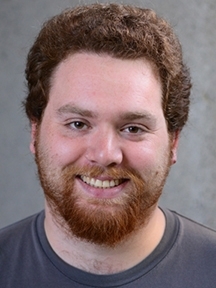
Bob Kimsey, who will staff the "Dr. Death" booth in 122 Briggs Hall, says he will be "pin-mounting and identifying flies from various different cases and research efforts and displaying some interesting studies on the sequence of development of individual maggots, and the development and sequence of communities of insects maggots in particular on decedents. By these means, approximations about how long a person has been dead can be made."
He also "will be talking about interesting cases that have recently been adjudicated and thus in the public domain."
The line-up of entomological events at Briggs Hall includes:
Bug Doctor
Briggs Hall Entryway
9 a.m. to 5 p.m.
Doctoral candidate Zach Griebenow and third-year doctoral student Ziv Lieberman, both of the Phil Ward ant lab, are read to answer your questions about insects. Bring an insect from your garden or a photo to identify.
Cockroach Races
Near Briggs Hall entrance
9 a.m. to 5 p.m.
Watch the American cockroaches, Periplaneta americana, race and cheer on your favorite.
Maggot Art
Briggs Hall Courtyard
9 a.m. to 5 p.m.
Create maggot art by dipping a live maggot into water-based, non-toxic paint. Voila! Art suitable or framing (or at least a spot on the refrigerator door
Dr. Death
Room 122 of Briggs Hall
9 a.m. to 5 p.m.
Forensic entomologist Robert Kimsey will display and discuss his work.
Entomology at UC Davis
Room 122 of Briggs Hall
9 a.m. to 5 p.m.
Displays of insects, including bees, ants and more
Graduate students, faculty and emeriti will staff the tables
Scavenger Hunt
Room 122 of Briggs Hall
9 a.m. to 5 p.m.
There will be several drawers of insects that people can look through to see if they can spot the insects on the check list
Fly-Tying
Briggs Hall courtyard
9 a.m. to 5 p.m.
Fly Fishers of Davis will show you how to tie a fly.
Insect-Themed T-Shirt Sales
Briggs hall entryway
9 a.m. to 3 p.m.
Members of the Entomology Graduate Student Association (EGSA) will be selling popular insect-themed t-shirts, including "The Beetles"
Mosquito Control
Briggs Hall entrance
9 a.m. to 5 p.m.
Sacramento-Yolo Mosquito and Vector Control District will be providing information on mosquitoes and how to protect yourself
Other Creepy Crawlies
122 Briggs Hall
9 a.m. to 5 p.m.
UC Davis doctoral candidate Emma Jochim of the Jason Bond lab and others will display live arachnids, myriapods, tarantulas, scorpions, millipedes and more
UC Statewide Integrated Pest Management (UC IPM)
Briggs Hall Courtyard
9 a.m. to 5 p.m.
Learn about pests and how to control them from UC IPM scientists. The staff will be giving away lady beetles, aka ladybugs.
The UC Davis Honey and Pollination Center, headed by director Amina Harris and affiliated with the UC Davis Department of Entomology and Nematology, will host a honey tasting from 10 a.m. to 2 p.m. in the courtyard of Robert Mondavi Institute for Wine and Food Science, 392 Old Davis Road. "Come taste and learn about UC Davis honey and honey varietals from North America," she said. "Honey available for purchase."
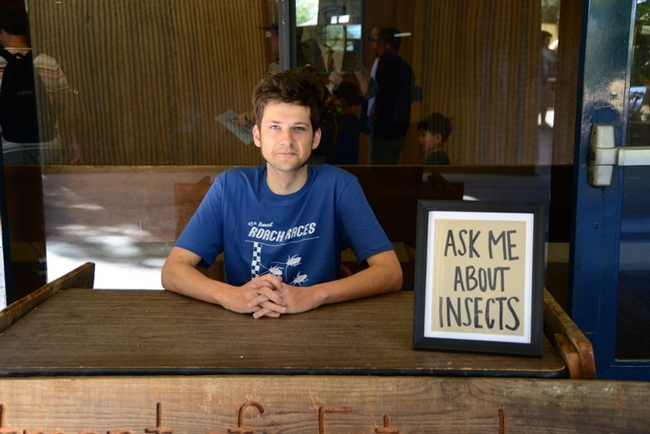
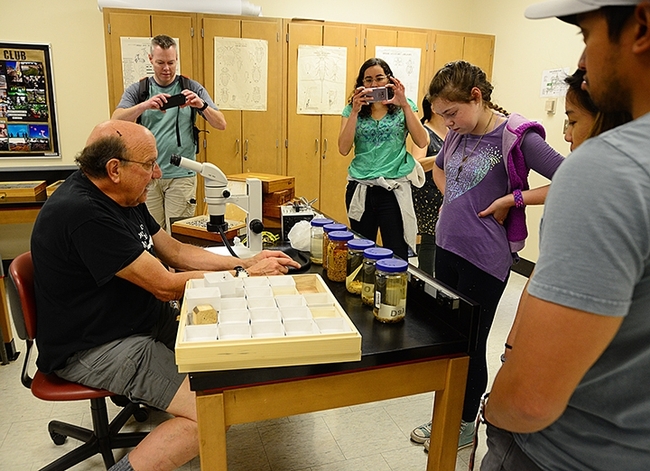
- Author: Kathy Keatley Garvey
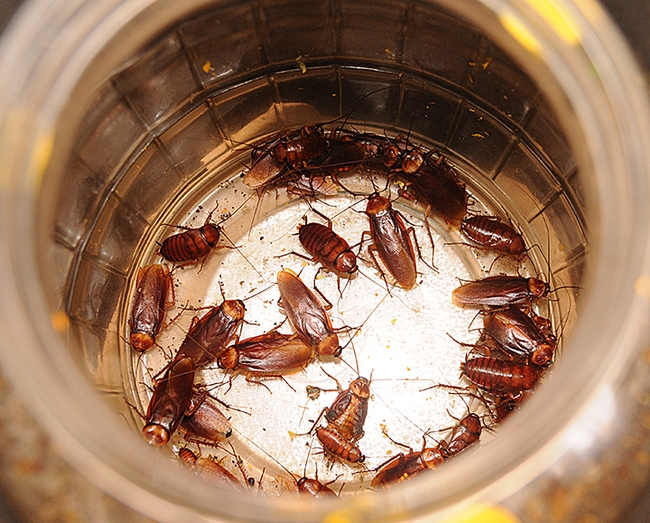
Forensic entomologist Robert "Bob" Kimsey and doctoral student Grace Horne of the lab of urban landscape entomologist Emily Meineke are busily coordinating the Department of Entomology and Nematology's activities and displays for the 109th annual UC Davis Picnic Day, set Saturday, April 15.
The "bug" exhibits will be at two sites:
- Briggs Hall, home of the UC Davis Department of Entomology and Nematology, Kleiber Hall Drive, from 9 a.m. to 5 p.m., and
- Bohart Museum of Entomology, located in Room 1124 of the Academic Surge Building, 455 Crocker Lane, from 10 a.m. to 2 p.m.
Theme of the Bohart Museum will be "Bugs, Boom, Bang!" The insect museum, directed by UC Davis distinguished professor Lynn Kimsey, houses a global collection of eight million insect specimens, a live "petting zoo" (including Madagascar hissing cockroaches, stick insects and tarantulas).
Cockroach races are among the popular activities at Briggs Hall. The roaches will run from 11 a.m. to 3 p.m. on a specially made race track in front of the building. These are American cockroaches, Periplaneta americana, from a colony kept by the late UC Davis entomology emeritus professor, Charles Judson (1926-2015). Bob Kimsey, who doubles as the advisor of the UC Davis Entomology Club, maintains the roach colony. The athletes, he said, "are ready to race."
The roach races involve a roach track, an air pump (to get the roaches moving), volunteers, and spectators. Sometimes a roach jumps from the track and lands on scurrying feet.
The line-up of entomological events at Briggs Hall also includes:
Bug Doctor
Briggs Hall Entryway
9 a.m. to 5 p.m.
Meet an entomologist and talk about insects! Bring an insect from your garden to identify.
Maggot Art
Briggs Hall Courtyard
9 a.m. to 5 p.m.
Create maggot art by dipping a live maggot into water-based, non-toxic paint. Voila! Art suitable or framing (or at least a spot on the refrigerator door
Dr. Death
Room 122 of Briggs Hall
9 a.m. to 5 p.m.
Forensic entomologist Robert Kimsey will display and discuss his work.
Entomology at UC Davis
Room 122 of Briggs Hall
9 a.m. to 5 p.m.
Displays of insects, including bees, ants and more
Graduate students, faculty and emeriti will staff the tables
Scavenger Hunt
Room 122 of Briggs Hall
9 a.m. to 5 p.m.
There will be several drawers of insects that people can look through to see if they can spot the insects on the check list
Fly-Tying
Briggs Hall courtyard
9 a.m. to 5 p.m.
Fly Fishers of Davis will show you how to tie a fly.
Insect-Themed T-shirt Sales
Briggs Hall entryway
9 a.m. to 3 p.m.
Members of the Entomology Graduate Student Association (EGSA) will be selling popular insect-themed t-shirts, including "The Beetles"
Mosquito Control
Briggs Hall entrance
9 a.m. to 5 p.m.
Sacramento-Yolo Mosquito and Vector Control District will be providing information on mosquitoes and how to protect yourself
Other Creepy Crawlies
122 Briggs Hall
9 a.m. to 5 p.m.
UC Davis doctoral candidate Emma Jochim of the Jason Bond lab and others will display live arachnids, myriapods, tarantulas, scorpions, millipedes and more
UC Statewide Integrated Pest Management (UC IPM)
Briggs Hall Courtyard
9 a.m. to 5 p.m.
Learn about pests and how to control them from UC IPM scientists. The staff will be giving away lady beetles, aka ladybugs.
The UC Davis Honey and Pollination Center, headed by director Amina Harris and affiliated with the UC Davis Department of Entomology and Nematology, will host a honey tasting from 10 a.m. to 2 p.m. in the courtyard of Robert Mondavi Institute for Wine and Food Science, 392 Old Davis Road. "Come taste and learn about UC Davis honey and honey varietals from North America," she said. "Honey available for purchase."
The UC Davis Department of Entomology and Nematology is chaired by nematologist and professor Steve Nadler. Molecular geneticist-physiologist and professor Joanna Chiu serves as the vice chair.
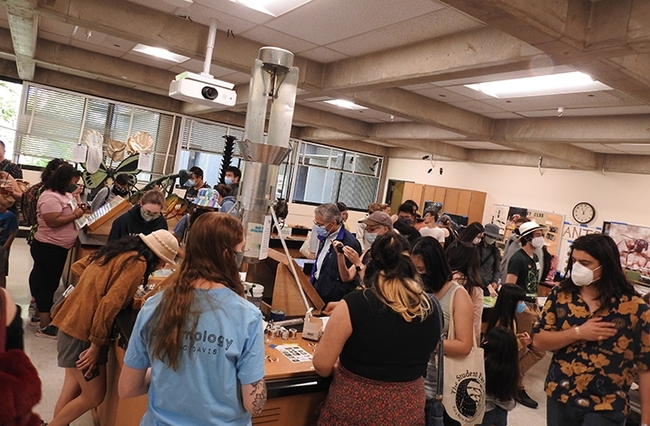
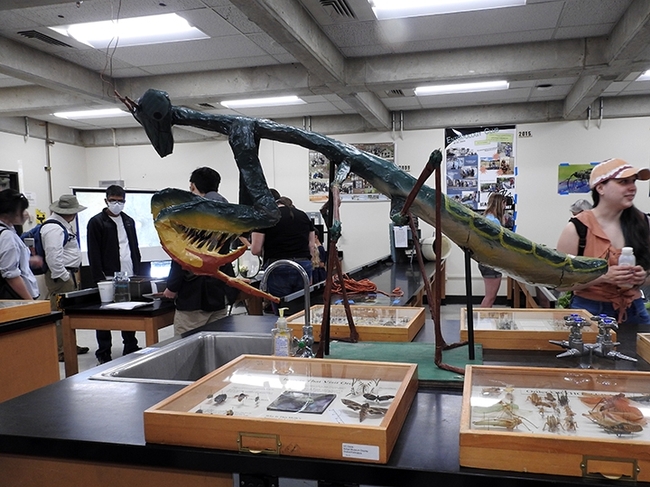
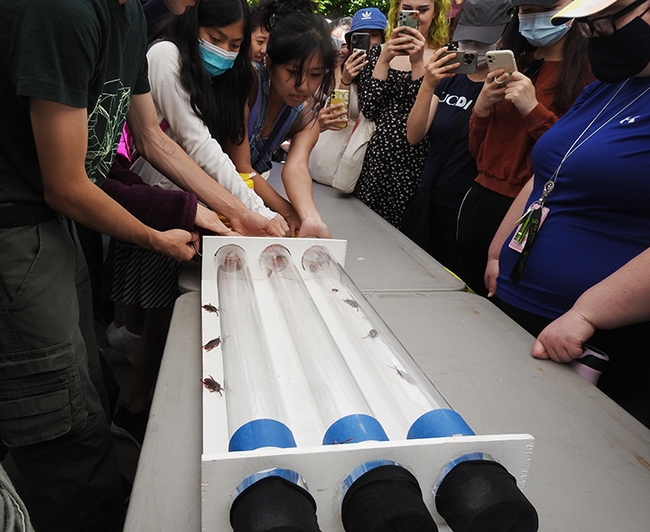
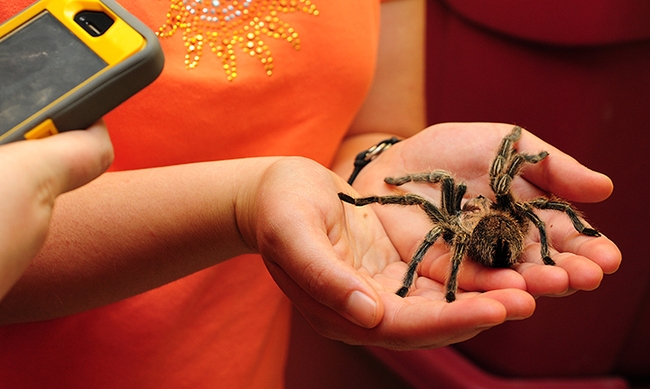
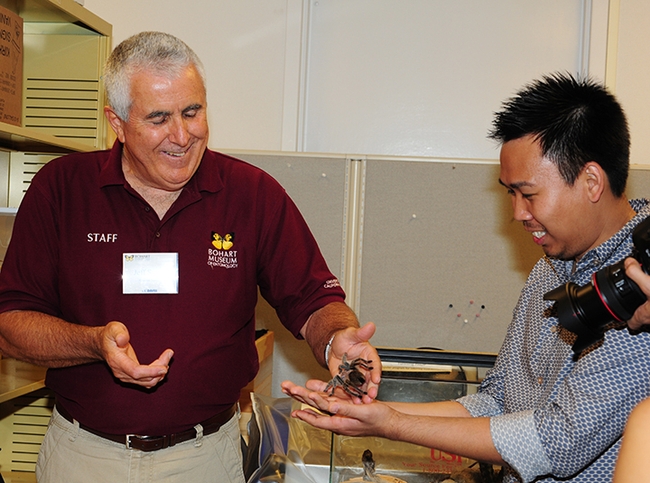
- Author: Kathy Keatley Garvey
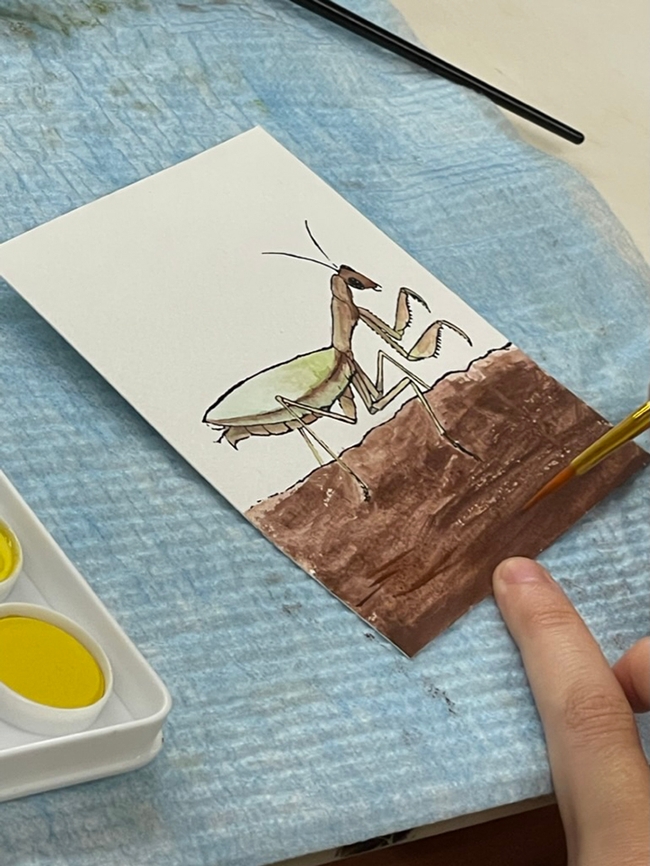
The Labudio is located in Room 128 of the Environmental Horticulture Building, 200 Arboretum Drive, UC Davis.
The public is invited. "Please bring a t-shirt if you'd like to screen print one of our designs on it, too," they said. "Kids can make shirts, too. The event will be indoor/outdoor, so please dress accordingly." No reservations are necessary.
"The students were each assigned an insect species in decline or moving about the planet and becoming invasive in new habitats," said Meineke, an urban landscape entomologist and assistant professor. "The insects students were assigned are among those most impacted by humans, and students were given an opportunity to re-envision how people might interact more gently and intentionally with insects, our small, yet consequential co-inhabitants."
"We are so proud of how the students interacted with this topic," Meineke said. "They were charged with researching their insects and turning that research into designs that could be screen printed on watercolor paper, ceramic tiles to be installed in Briggs 122, and fabric. Their designs are nothing short of spectacular!"
UC Davis distinguished professor Diane Ullman, an artist and entomologist, "helped immensely," said Meineke, adding that she wasn't "an official co-teacher but she essentially acted as one."
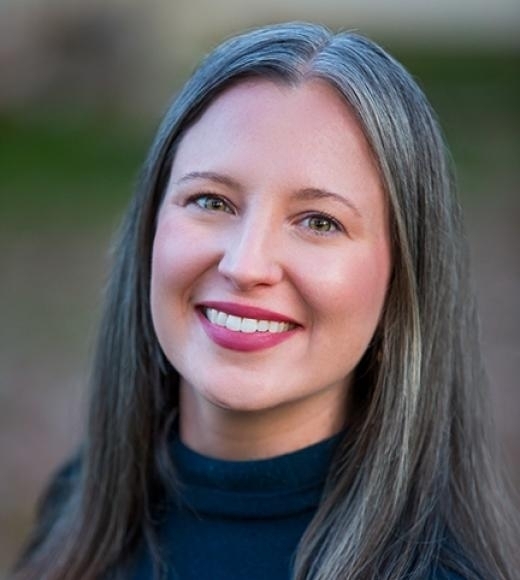
Meineke was recently named one of the 12 UC Davis recipients of the prestigious Hellman Fellowships, an annual program supporting the research of early-career faculty. Her project, “Assessing Preservation of Chemical Compounds in Pressed Plants," focuses on whether herbarium specimens collected over hundreds of years harbor chemical compounds that reveal mechanisms responsible for changing insect-plant interactions.
Meineke was among the scholars and artists who helped spearhead the newly created Harvard Museum of Natural History's “In Search of Thoreau's Flowers: An Exploration of Change and Loss," hailed as an examination of the natural world and climate change at the intersections of science, art and history. She helped launch the project in 2017 when she was a postdoctoral fellow at the Harvard University Herbaria. The 648 plant specimens that Henry David Thoreau donated to the museum form the foundation of the exhibit. It opened to the public May 14.
A native of Greenville, N.C., Meineke joined the UC Davis Department of Entomology and Nematology on March 1, 2020, from the Harvard University Herbaria. As a National Science Foundation postdoctoral fellow, she studied how urbanization and climate change have affected plant-insect relationships worldwide over the past 100-plus years.
She received her bachelor of science degree in environmental science, with a minor in biology, in 2008 from the University of North Carolina, Chapel Hill. She obtained her doctorate in entomology in 2016 from North Carolina State University.
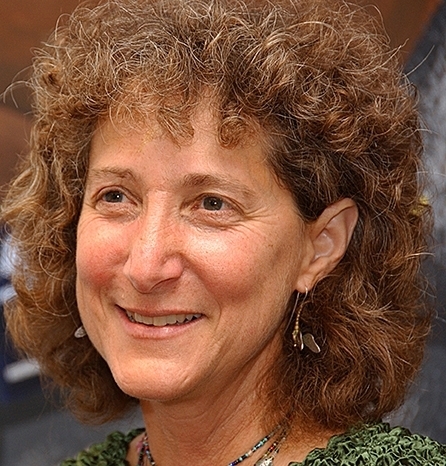
Professor Ullman, a celebrated teacher, artist and researcher, is the 2014 recipient of the Entomological Society of America (ESA) National Excellence in Teaching Award and the UC Davis Academic Senate's 2022 Distinguished Teaching Award for undergraduate teaching. She is a fellow of both the American Association for the Advancement of Science (2014) and the ESA (2011).
When she was singled out for the UC Davis Academic Senate Award, her nominators praised her as providing "superb teaching and mentoring for many years, not only in the Department of Entomology and Nematology but as a leader in the Science and Society program. She has brought art-science fusion alive in innovative ways. Her nominees and students rave about her deep dedication, care, and knowledge in all teaching interactions, as well as her overall commitment to student success. One student nominee summed it up: "My experience in her course last spring was one that lifted my spirits, enriched my education, and strengthened my love for art and science during a time when it was difficult to feel positive about anything.”
Ullman's research encompasses insect/virus/plant interactions and development of management strategies for insect-transmitted plant pathogens. She has worked with many insect vector species (thrips, aphids, whiteflies, leafhoppers, mealybugs) and the plant pathogens they transmit, including viruses, phytoplasma and bacteria.
One of her latest art projects--with colleagues, UC Davis students and community members--is the Sonoran Dreams Art Project in the Garden Apartments of the University Retirement Community, Davis. Handmade ceramic tiles depicting the flora, fauna and symbols of the Sonoran Desert surround the elevator.
Ullman received her bachelor of science degree in horticulture from the University of Arizona and her doctorate in entomology from UC Davis in 1985. She joined the UC Davis faculty in 1991 after serving as an associate professor of entomology at the University of Hawaii. Her credentials include: chair of the UC Davis Department of Entomology, 2004-2005; associate dean for undergraduate academic programs for the College of Agricultural and Environmental Sciences, 2005 to 2014; and co-founder and co-director of the UC Davis Art/Science Fusion Program, launched in September 2006.
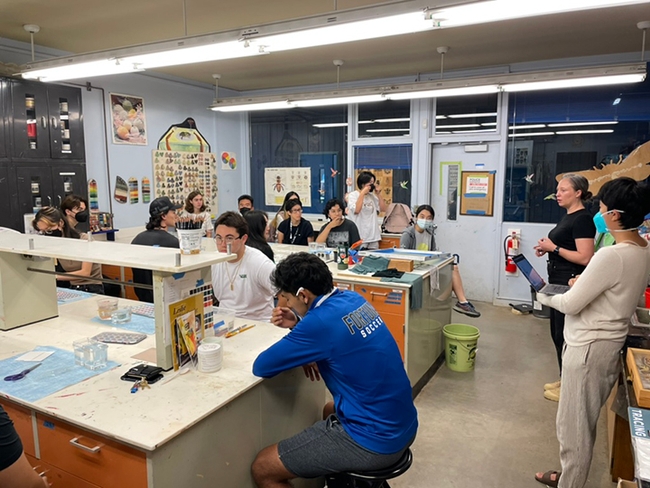
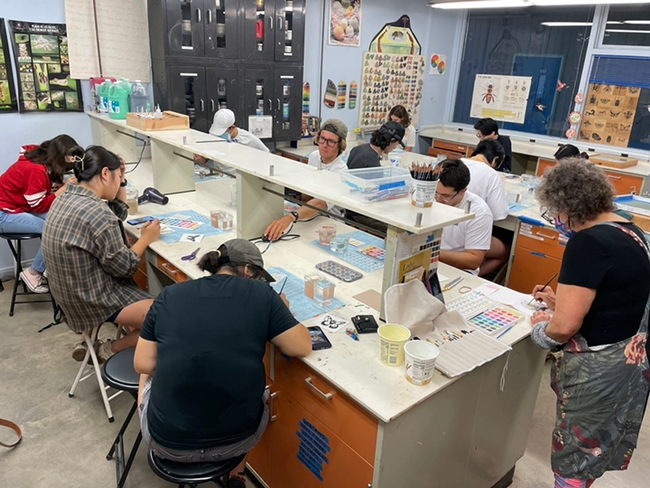
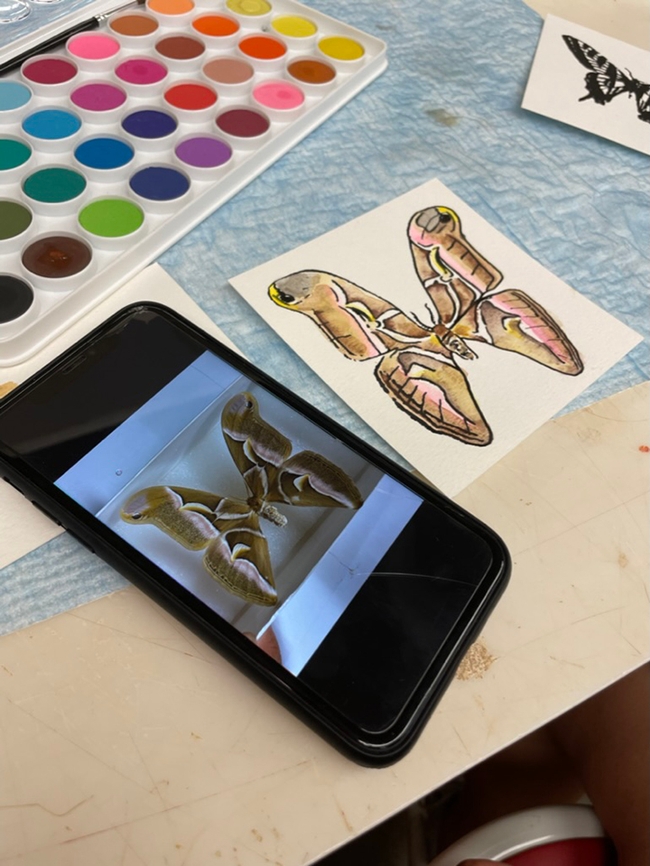
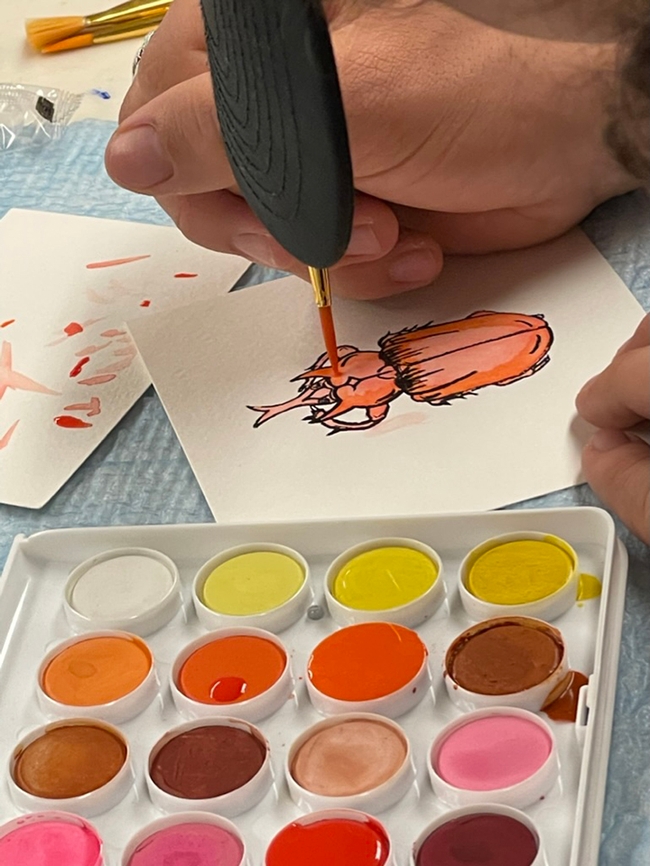
- Author: Kathy Keatley Garvey
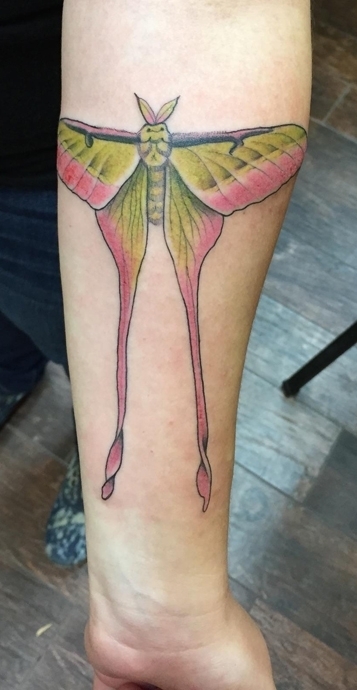
The Bohart Museum is located in Room 1124 of the Academic Surge Building, 455 Crocker Lane. The event is free and family friendly.
Among artists represented will be UC Davis graduate student Srdan Tunic; undergraduate students Allen Chew, Francisco Basso and Brittany Kohler; and UC Davis alumna Megan Ma; plus the work of the late scientific illustrator Mary Foley Benson (1905-1992), who worked for the U.S. Department of Food and Agriculture, the Smithsonian before retiring and moving to Davis. She also worked for UC Davis entomologists.
Tunic, a UC Davis candidate for a master's degree in art history, will present a seminar on Benson from 11 a.m. to noon, Oct. 15, in Room 1010 of the TLC Teaching and Learning Complex, 482 Hutchison Drive. (See separate news story on Tunic and see research story on Mary Foley Benson by forest entomologist Malcolm Furniss)
"I will focus on the visual material, and start by saying a few words about the museum, and then talk about Mary's life and art chronologically, paying special attention to her work at UC Davis," Tunic said. "At some point I will briefly touch on scientific illustration and how artists make this sort of work, and near the end, mention other illustrators I encountered during this process, and wrap up motivating people to dive into their local collections."
The family arts-and-crafts activity at the open house will be to "create your own Pokemon card," said Lynn Kimsey, director of the Bohart Museum and a UC Davis distinguished professor of entomology. Also planned: eating insects, creating gall ghosts (from oak galls), learning about cochineal dyes, and showing off insect tattoos.
"We would love to have folks come and show off their insect tattoos," Kimsey said.
The UC Davis museum, founded in 1946 by noted entomologist Richard M. Bohart (1913-2007), is dedicated to teaching, research and service. It is the home of a global collection of eight million insect specimens. The collection is now the seventh largest in North America and includes terrestrial and fresh water arthropods. The museum is also home of the California Insect Survey, a storehouse of the insect biodiversity of California's deserts, mountains, coast, and the Great Central Valley. In addition, the Bohart features a live "petting zoo" (Madagascar hissing cockroaches, walking sticks and tarantulas) and an insect-themed gift shop, stocked with T-shirts, hoodies, jewelry, posters, books and insect-collecting equipment.
The Bohart is open to the public year-around (except for holidays) Monday through Thursday from 9 a.m. to noon and from 1 to 5 p.m. It is closed to the public on Friday to enable research activities. Admission is free. For more information, access the website or contact the museum at bmuseum@udavis.edu.
